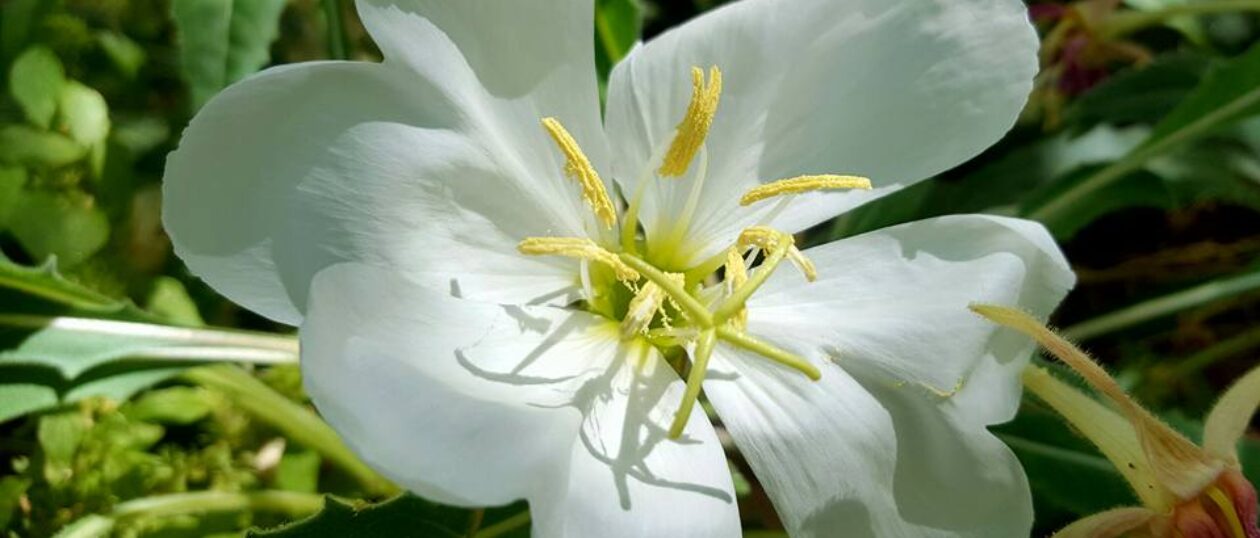By M.E. Wakamatsu, September 26, 2018
Allusions to classical mythology, colonialist history, island politics, art history and scripture are woven through an engaging story full of sensual detail, poetic language and cinematic quality. The Butterfly’s Ring, Mariel Masque’s maiden voyage into the novel form, blends the genres of Jorge Amado, Antoine de Saint-Exupery, and Hayao Miyazaki, birthing a rhythm that mimics hypnotic waves slapping at the shore. One moment, the reader finds herself experiencing the violent throes of a seizure and the next, she is in the jungle with a hunter/healer who makes trauma disappear. Totally normal.
The Butterfly’s Ring is about the journey of exile as seen through the eyes of a child. While her father is fighting with the Cuban Revolution, she and her mother live with her grandparents. She becomes very attached to her grandfather who with his storytelling soothes and distracts the sickly child from the multiple hospital visits and painful treatments she undergoes almost weekly. As she sleeps, she is gifted with knowledge, strength, and power not unlike that of her Roma, Arabic, Jewish, and African ancestors.
The Butterfly’s Ring is also a fable where rabbits discover the power to liberate themselves from captivity and domestication, the jungle comes alive with magic, and a cow appreciates being read to. It is the story of two lovers struggling against the violent, confusing and idealistic backdrop of the Cuban Revolution. It is a story of sacrifice, of love, love, love…
Masque’s chapter are powerful and poetic short stories that feel as though they’ve been written while hiding from the militia, the Nazis, or townspeople persecuting witches. There is an undercurrent of danger coursing below every scene, even the ones that are full of innocence or humor. There is an urgency in every scene. There is beauty and poetry. There are no easy resolutions.
In this work, we hear echoes of Jorge Amado, Brazilian master of literary syncretism and local color, who used magical realism before critics even coined the term to describe Gabriel Garcia Marquez’s work. In this work, we see the delicate and poetic world of Antoine de Saint-Exupery’s Little Prince, a story of exile as specific and concrete as it is graceful and elegant. And in this work, we witness Hayao Miyazaki, the Japanese master of animation, unable to resist returning from the afterlife to direct…just one more masterpiece.
About the Reviewer:
M.E Wakamatsu is an award-winning teacher-poet. She is recipient of the University of Arizona Poetry Center’s Mary Ann Campau Fellowship Inaugural Award and a Southern Arizona Teacher of the Year Scarlet & Gray Award from The Ohio State University Alumni of Southern Arizona. Her work appears in The Sonoran Desert: A Literary Field Guide, This Piece of Earth: Images and Words from Tumamoc Hill, Spiral Orb, Cantos al Sexto Sol, Southwestern Women New Voices, Drunken Boat, Cutthroat, A Journal of the Arts, Read, Listen, Tell: Indigenous Stories from Turtle Island and Edible Baja Arizona.
